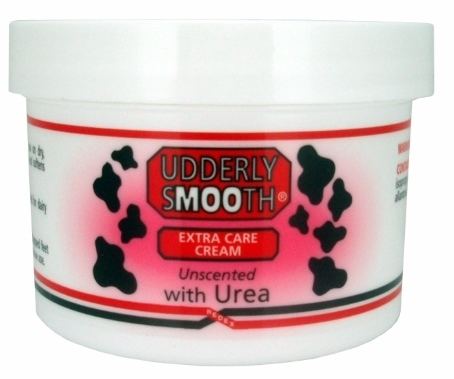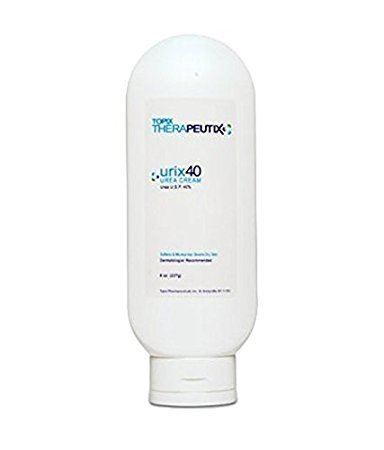Routes ofadministration Topical Legal status US: OTC | ATC code D02AE01 (WHO) | |
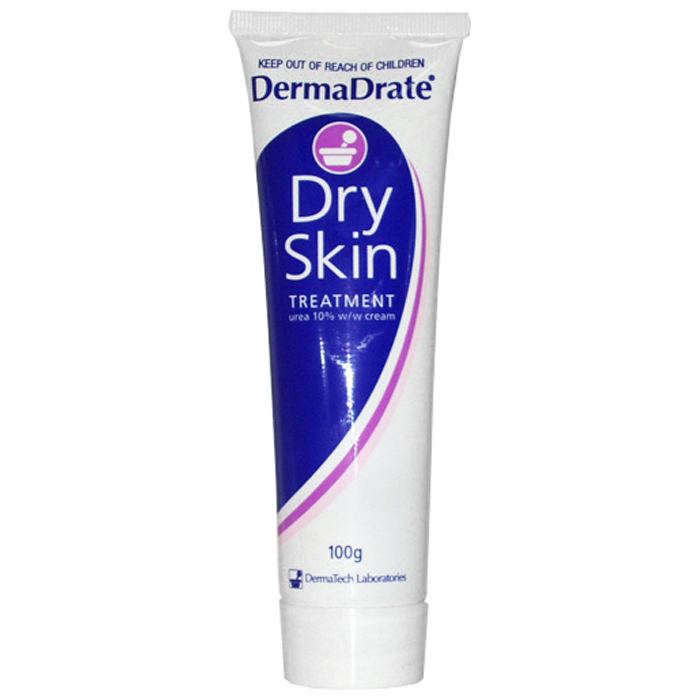 | ||
Trade names Decubal, Carmol 40, Keralac, others AHFS/Drugs.com Multum Consumer Information Pregnancycategory US: C (Risk not ruled out) | ||
Urea, also known as carbamide-containing cream, is used as a medication and applied to the skin to treat dryness and itching such as may occur in psoriasis, dermatitis, or ichthyosis. It may also be used to soften nails.
Contents
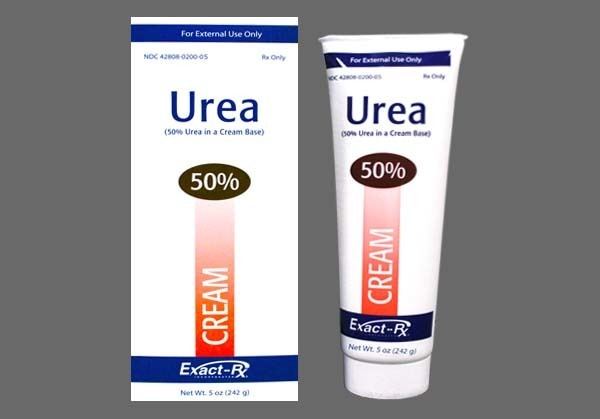
In adults side effects are generally few. It may occasionally cause skin irritation. Urea works in part by loosening dried skin. Preparations generally contain 5 to 50% urea.
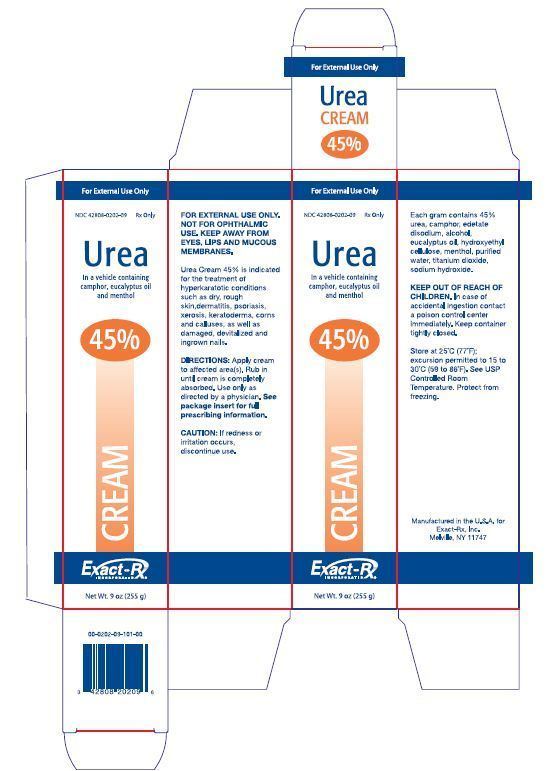
Urea containing creams have been used since the 1940s. It is on the World Health Organization's List of Essential Medicines, the most effective and safe medicines needed in a health system. It is avaliable over the counter. In the United Kingdom 100 g of 10% cream costs the NHS about 4.37 pounds.
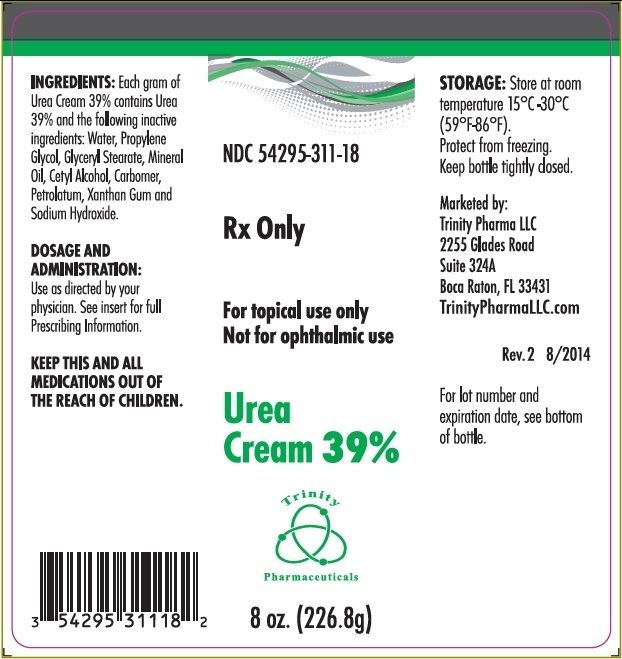
Medical uses
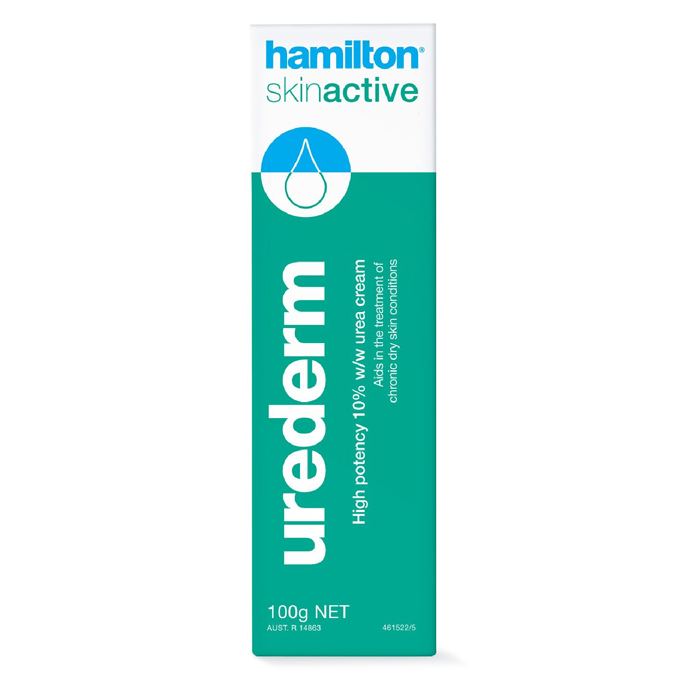
Urea cream is indicated for debridement and promotion of normal healing of skin areas with hyperkeratosis, particularly where healing is inhibited by local skin infection, skin necrosis, fibrinous or itching debris or eschar. Specific condition with hyperkeratosis where urea cream is useful include:
Side effects
More common side effects of urea cream are:
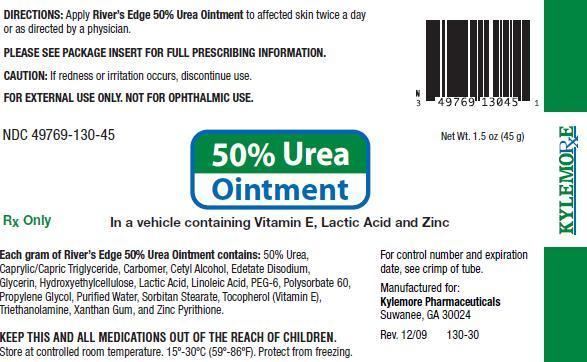
In severe cases, there can be an allergic reaction with symptoms such as skin rash, urticaria, difficulty breathing and swelling of the mouth, face, lips, or tongue.
Mechanism of action
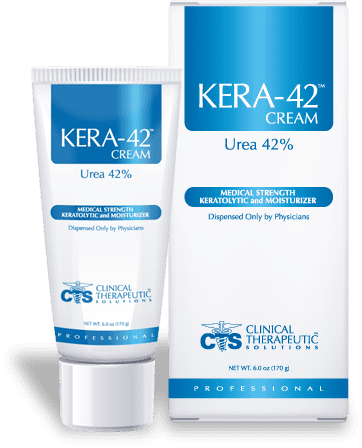
Urea dissolves the intercellular matrix of the cells of the stratum corneum, promoting desquamation of scaly skin, eventually resulting in softening of hyperkeratotic areas. In nails, urea causes softening and eventually debridement of the nail plate.
